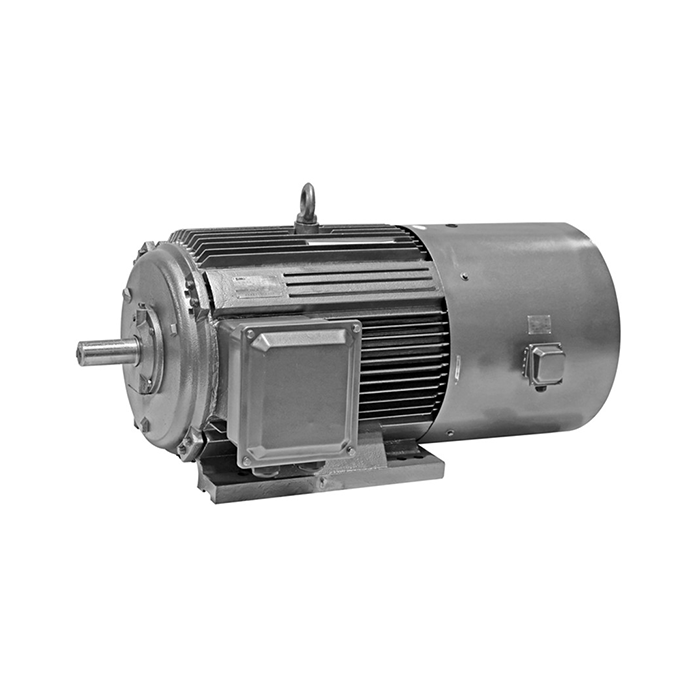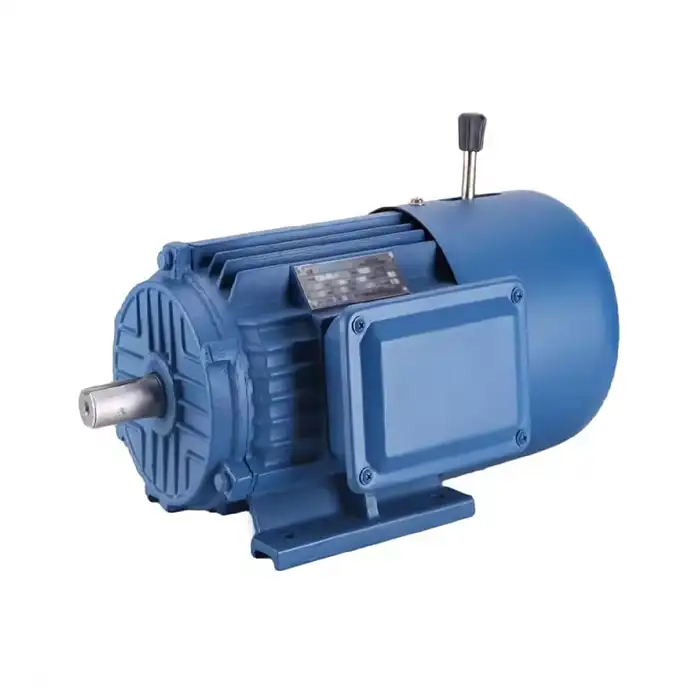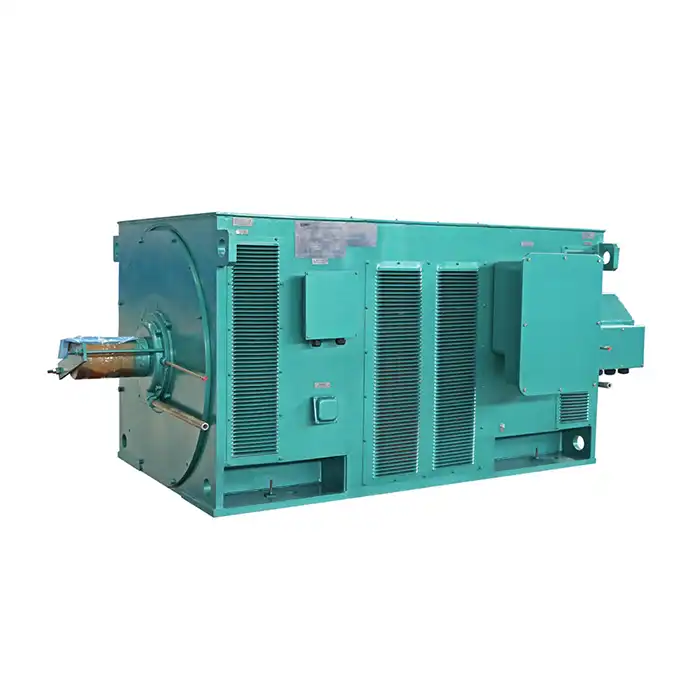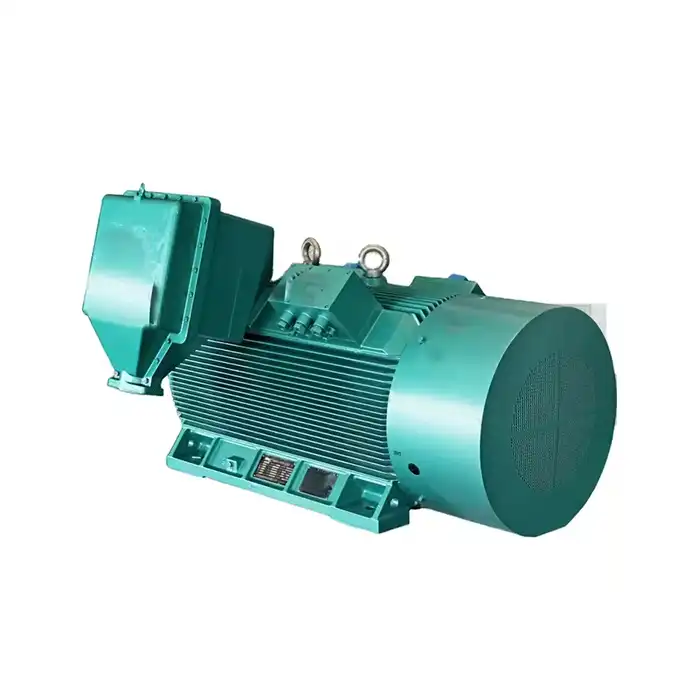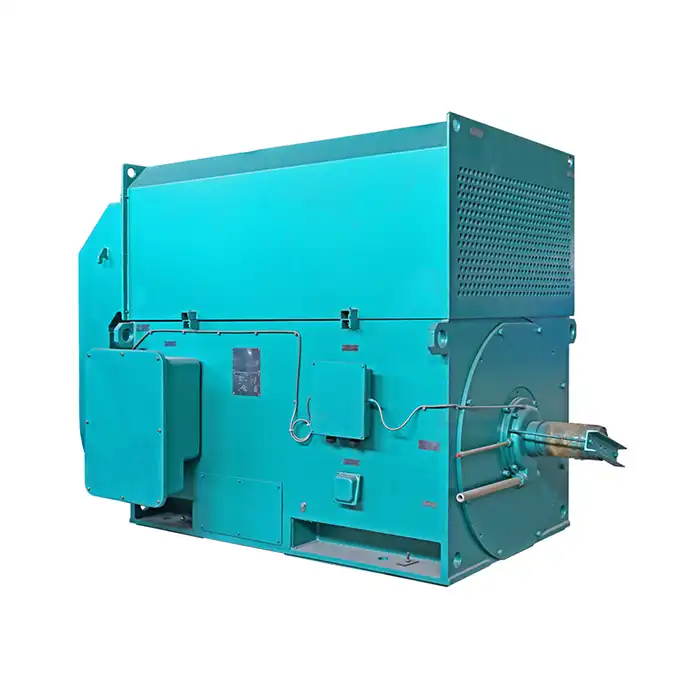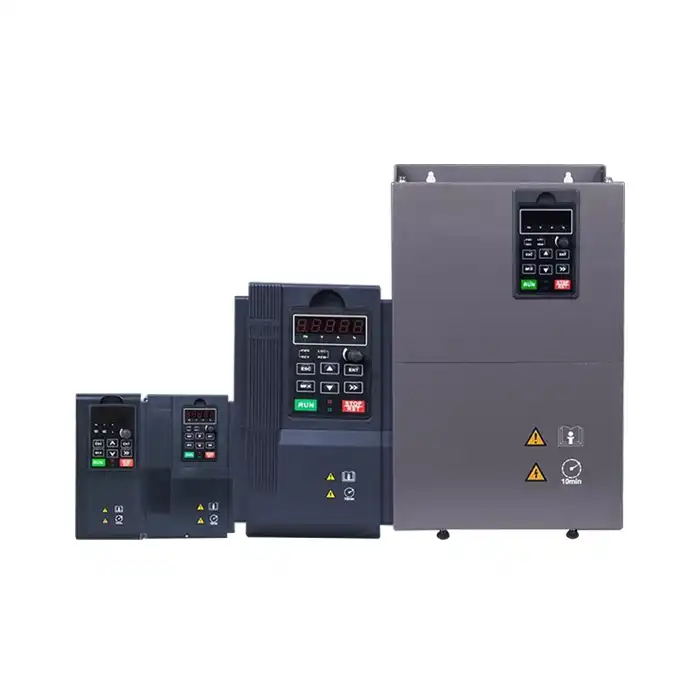Common causes of IEC LV motor unexpected shutdowns
Understanding the root causes of motor failures is crucial for implementing effective prevention strategies. Let's examine some of the most frequent culprits behind unexpected shutdowns in IEC low voltage motors.
Overheating issues
Excessive heat is one of the primary enemies of motor longevity. Overheating can occur due to various factors, including:
- Inadequate ventilation
- Overloading
- Voltage imbalances
- Blocked cooling fins
When motors operate at temperatures beyond their design limits, insulation deteriorates rapidly, leading to premature failure.
Electrical problems
Electrical issues are another common source of unexpected shutdowns. These can include:
- Short circuits
- Ground faults
- Voltage spikes
- Phase imbalances
Such problems can damage motor windings and lead to sudden failures if not addressed promptly.
Mechanical wear and tear
Over time, mechanical components of IEC low voltage induction motors can wear out, causing unexpected shutdowns. Common mechanical issues include:
- Bearing failures
- Shaft misalignment
- Loose mounting bolts
- Excessive vibration
Regular inspection and maintenance are essential to catch these issues before they escalate into major problems.
Implementing preventive maintenance strategies for motors
Proactive maintenance is key to preventing unexpected shutdowns in IEC low voltage induction motors. By implementing a comprehensive preventive maintenance program, you can significantly reduce the risk of unplanned downtime and extend the life of your motors.
Regular inspection and cleaning
Scheduled visual inspections can help identify potential issues before they become critical. During these inspections:
- Check for signs of wear, corrosion, or damage
- Clean motor surfaces, including cooling fins
- Ensure proper ventilation around the motor
- Verify tightness of mounting bolts and electrical connections
Lubrication management
Proper lubrication is crucial for the longevity of motor bearings. Develop a lubrication schedule based on manufacturer recommendations and operating conditions. Consider the following:
- Use the correct type and amount of lubricant
- Avoid over-greasing, which can lead to overheating
- Monitor bearing temperatures during operation
- Replace seals and bearings as needed
Electrical testing and maintenance
Regular electrical testing can help prevent unexpected shutdowns due to electrical issues. Include the following in your maintenance routine:
- Insulation resistance testing
- Motor current signature analysis
- Checking for voltage imbalances
- Inspecting and tightening electrical connections
Alignment and balancing
Proper alignment between the motor and driven equipment is essential for smooth operation and longevity. Regularly check and adjust alignment, and perform vibration analysis to detect potential issues early.
Advanced monitoring techniques for motor reliability
In addition to regular maintenance, implementing advanced monitoring techniques can provide valuable insights into motor health and help prevent unexpected shutdowns.
Vibration analysis
Vibration analysis is a powerful tool for detecting and diagnosing mechanical issues in IEC low voltage induction motors. By monitoring vibration patterns, you can identify problems such as:
- Bearing faults
- Misalignment
- Unbalance
- Loose components
Regular vibration monitoring allows for early detection of these issues, enabling timely repairs and preventing unexpected shutdowns.
Thermography
Infrared thermography can help detect hotspots in motors and electrical components before they lead to failures. This non-invasive technique allows you to:
- Identify overheating issues
- Detect loose or corroded electrical connections
- Monitor bearing temperatures
- Assess cooling system effectiveness
Motor current signature analysis (MCSA)
MCSA is an advanced diagnostic technique that analyzes the electrical current flowing through the motor to detect various mechanical and electrical issues. This method can help identify:
- Rotor bar problems
- Bearing faults
- Misalignment
- Air gap eccentricity
By implementing MCSA as part of your monitoring strategy, you can catch potential problems early and prevent unexpected shutdowns.
Online monitoring systems
Continuous online monitoring systems provide real-time data on motor performance and health. These systems can track various parameters, including:
- Temperature
- Vibration
- Current
- Voltage
By analyzing this data, you can detect anomalies and trends that may indicate impending failures, allowing for proactive maintenance and minimizing the risk of unexpected shutdowns.
Conclusion
Preventing unexpected shutdowns in IEC LV motors requires a multi-faceted approach that combines regular maintenance, advanced monitoring techniques, and proactive problem-solving. By implementing the strategies outlined in this guide, you can significantly improve the reliability and longevity of your IEC low voltage induction motors, reducing downtime and maximizing productivity in your industrial operations.
FAQ
1. What is the typical lifespan of an IEC LV motor?
The lifespan of an IEC LV motor can vary depending on operating conditions and maintenance practices, but typically ranges from 15 to 20 years with proper care and maintenance.
2. How often should I perform preventive maintenance on my IEC LV motors?
The frequency of preventive maintenance depends on factors such as operating conditions and motor criticality. Generally, a comprehensive inspection and maintenance should be performed at least annually, with more frequent checks for critical motors or those operating in harsh environments.
3. Can I retrofit my existing IEC LV motors with advanced monitoring systems?
Yes, many advanced monitoring systems can be retrofitted to existing IEC LV motors. However, the feasibility and cost-effectiveness of retrofitting will depend on the specific motor and monitoring system. Consult with a qualified IEC low voltage induction motor supplier or automation specialist to determine the best options for your application.
Call to Action
At Shaanxi Qihe Xicheng Electromechanical Equipment Co.,Ltd., we specialize in providing high-quality IEC low voltage induction motors and expert solutions to prevent unexpected shutdowns. Our team of experienced engineers can help you implement effective maintenance strategies and advanced monitoring techniques tailored to your specific needs. With our reliable products and comprehensive support, you can maximize the uptime of your critical motor-driven systems and boost your operational efficiency.
Ready to enhance the reliability of your IEC LV motors? Contact us today at xcmotors@163.com to learn more about our products and services. Let us help you keep your motors running smoothly and your production on track.



